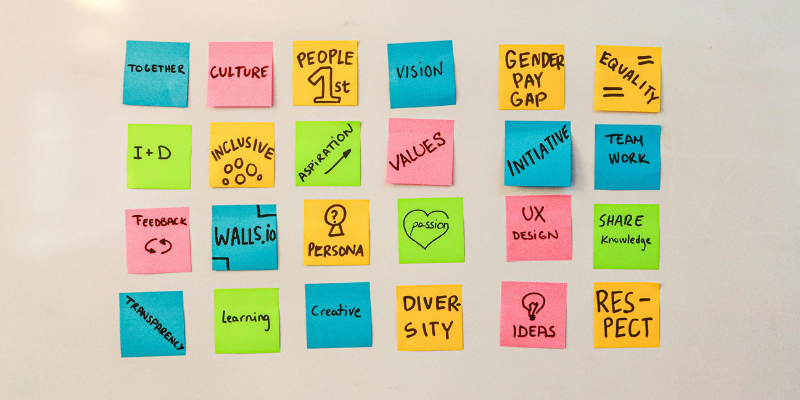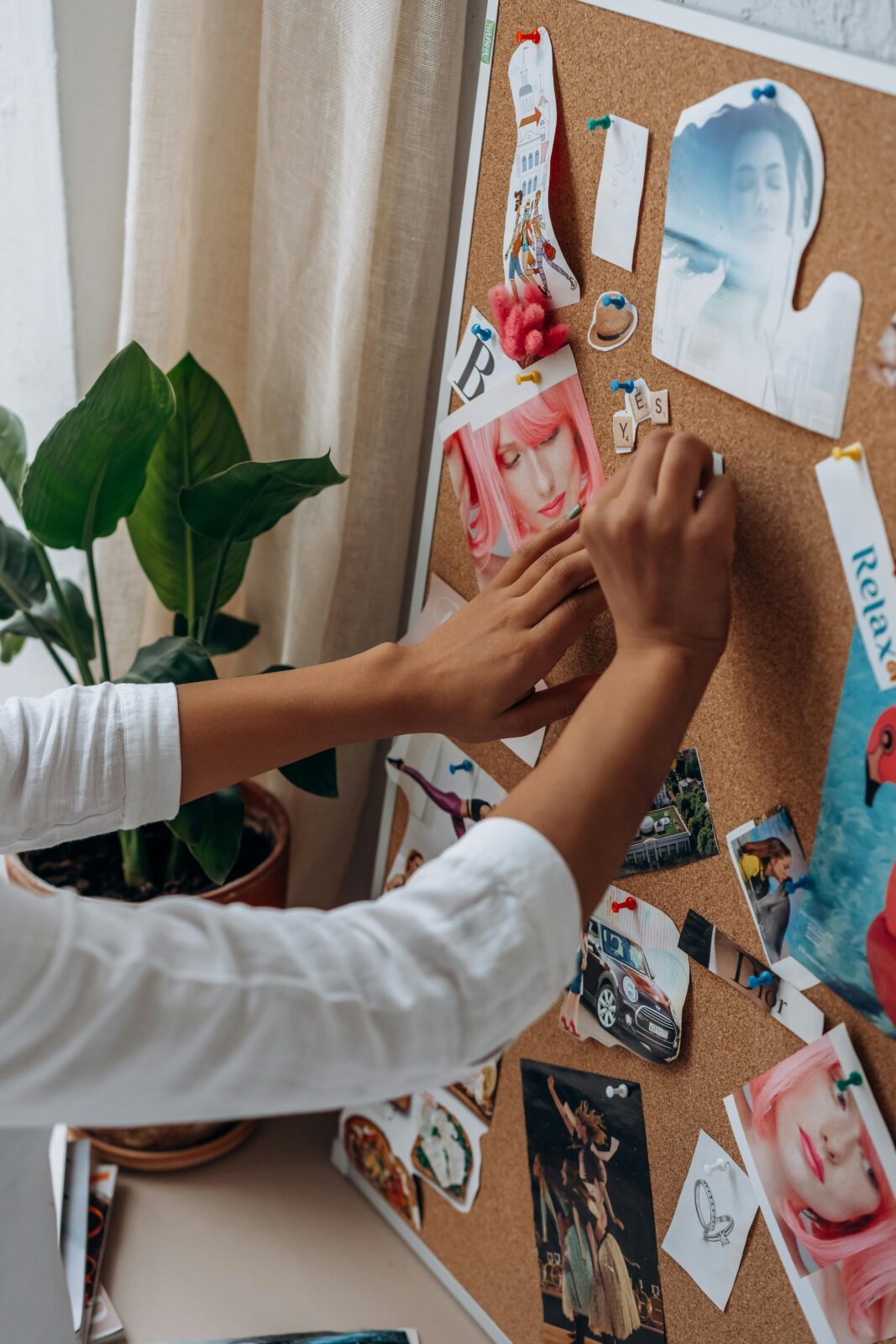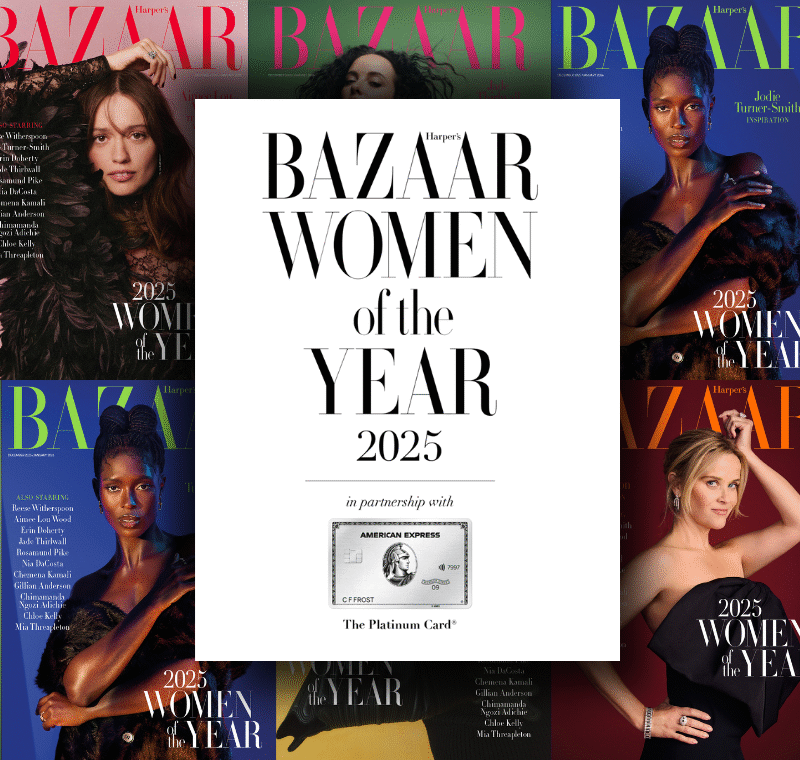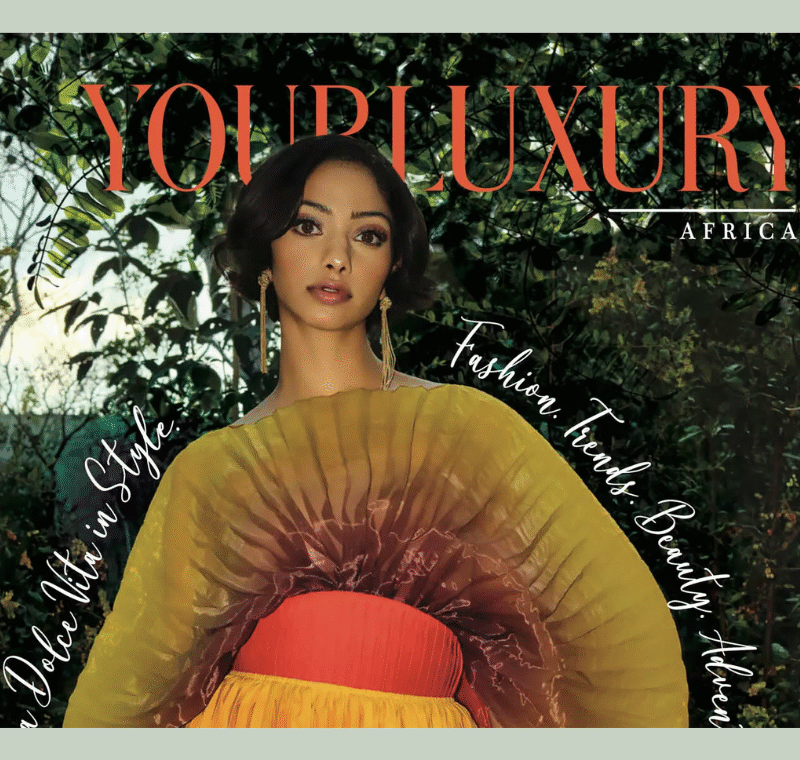Work in progress – Cardiff University on how it’s preparing journalism students for a career in the fast-evolving media industry
Over the last five years, the media workplace has evolved at breakneck speed. Seismic factors like the Covid pandemic (and a move towards flexible working), the relentless rise of generative AI and an increased focus on sustainability and DEI have combined to transform how newsrooms are run and by whom.
With new roles being created and some jobs being phased out, it has been a time of anxiety, excitement and introspection – with the rate of change only expected to speed up over the next five years.
With that in mind, FIPP is launching a series of interviews with industry experts looking at what the media workplace and workforce looks like in 2025 and what it might look like in the near future.
First up, we sit down with Rachael Jolley and Ross Clarke – seasoned journalists and lecturers who run a MA in Magazine Journalism at Cardiff University, where FIPP sponsors a prize for students – to talk about how they are shaping the next generation of media professionals.

How big an interest is there in studying journalism in 2025?
Ross Clarke: The course we run is part of MA Journalism, which covers broadcast, magazines and news, and across the board applications have been consistently strong. They’ve fluctuated at certain times. Certainly, around or just after Covid the news course seemed to have a big spike. That was down to us seeing a lot more news. We were all glued to the news to find out what was happening and that meant news courses were trending. That big surge in news has levelled out again. But we’ve had more applicants this year for the course that we’re currently teaching than we’ve had the past few years, so it’s still looking strong.
To what extent do you have to adjust the curriculum to prepare journalism students for a fast-changing workplace?
Rachael Jolley: We are constantly updating the course. What’s really interesting about teaching right now is how much we can adapt things to incorporate new skills and new elements, almost as quickly as we decide they’re important. So, for instance, we’re very early adopters when it comes to talking about AI, in terms of usage and ethics. And also getting students to use AI tools and challenge those tools. What’s great about the course is that you have that flexibility to add in new elements all the time.
Ross Clarke: Yes, we update the course all the time, but some things stay the same regardless. Storytelling and gathering news remain largely the same. But it’s where that manifests itself that changes – whether that be social or newsletters or Apple news. The places you can tell stories have got bigger and it’s always getting bigger. In terms of preparing journalists for the workplace, media companies want new recruits to know a bit of everything, because there are fewer and fewer staff in offices. We’ve seen a much bigger up-take in podcasting and audio. Often students have gone into companies and launched the podcast because no one else in the office really knows much about it. Also, who knows social better than young people who use it all the time?
How do you ensure you keep up to date with how newsrooms are evolving?
Ross Clarke: Me and Rachael have the advantage of still being working journalists. We are in newsrooms, and we see what is going on. And we have good links with organisations like the PPA, who accredits our course and holds us to a very high standard. So, if we are not teaching what they believe is happening in newsrooms we won’t get reaccredited, plain and simple. So, we constantly have to evolve the course to make sure it fits that. Plus, we get lots of industry experts in, so that really helps because they can either reinforce what we’ve been saying to students, or they can add extra levels to it. We teach about SEO, for example, but then we’ll get someone in who’s doing that at the moment as their job so they can add an extra level.
Rachael Jolley: We also go to media conferences where you get to hear from those on the cutting edge in terms of new tools. And we’ve incorporated these master classes that we do every year where we get people working in the industry – usually more junior to medium level – to talk about what they’re doing on a day-to-day basis. So, for example, we’ve had somebody from the BBC, who works on breaking news, bringing their incredible drone cameras in and talking about how they use that.

FIPP WORLD MEDIA CONGRESS 2025
An unforgettable gathering that will shape the future of media.
Join us in Madrid, Spain, from 21-23 October 2025.
What are some of the new media roles that have been created over the last few years? And what positions are being phased out?
Rachael Jolley: Audience strategy jobs have definitely been a growth area in the last few years – looking at audience trends and developing content the audience is really interested in. Taking people on specifically as audience writers started about five years ago, I would say. Another big trend is the decline of local newspapers and journalists from local newspapers. I started on a big regional paper that had about 100 reporters and that’s hard to imagine now. And I’m quite sad to see the decline of local news reporting. The level of journalism you used to get in regional and weekly daily papers was pretty incredible actually and a great training ground. Some local newspapers still exist, and there are up-and-coming versions like The Mill, which is doing an excellent job doing more investigative stuff. But I think there are far fewer opportunities for people to start on local newspapers.
Ross Clarke: Yes, there is much more reliance and focus on things like audience – keeping more in tune with what audiences want and need as opposed to second-guessing. So, audience stuff, analytics, strategy – things we maybe took for granted before is now behind everything that is done. AI jobs are, of course, on the rise – media companies looking for people who are very good at prompts and then tidying up whatever it produces. Because of this, you have to wonder whether we will see the rise again of sub editors across the board – tidying up and fact-checking copy that’s been produced by some kind of generator. I would say, a trait I have noticed with young journalists is always having the commercial element of working in media in the back of their minds. They have this business savvy to go with their skills.
You mention artificial intelligence. How will AI affect media workspaces in the coming years?
Ross Clarke: I think we’re going to see many more tools. I feel like almost everyone is sort of anti-AI. More than anything, it’s about how polluting AI is – the sustainability and the green aspect and how all of the generative software at the moment is more polluting than Denmark. If you ask it to write an email, that’s 500ml of water and like 7 grams of carbon. And I think if anything is going to slow the progress of AI down it is probably that. Also, AI still doesn’t do nuance very well and I think that’s where journalists come in. But obviously, it’s going to take some jobs away. They came for the translators first, right?
Rachael Jolley: I think there’s also a political dimension to AI when it comes to the trust we have in it. We’ve already seen Elon Musk trying buy OpenAI. He’s not a highly trusted figure in lots of parts of the world, therefore it might undermine people’s willingness to work with certain companies and its outputs. The same can be said about something like DeepSeek, which obviously has been developed in China, so we know that there’s a lot of content it has not been fed and that there’s been censorship. I think there’s quite a lot of big issues we as an industry haven’t necessarily got our heads around. Some parts of the industry are being a bit naive thinking they’re not worried about their content being scraped and being put into the great AI machine. They’ve got a lot to lose. Protecting your content is absolutely essential because once you’ve given away everything, it’s difficult to get it back. We’ve got to think about what the viable financial model with AI is – and giving away all of our content to be scraped into massive AI systems is not necessarily a wise move.

Where will journalists be doing most of their work in the future – from home or in the office?
Rachael Jolley: It’s Interesting that some media organisations have pushed back to get more people coming into the office more often. Some people have moved away from that model of having an office, and have people scattered more broadly around the country. I think there are benefits in both of those models. For instance, if you have a completely online model, you can have people in a lot more places around the country reporting back. It’s also much easier for people to work for media outlets in another country these days. The value of things like Skype, Zoom and WhatsApp in terms of the ease and the cheapness of making international calls has really opened up more opportunities for people to work for a larger number of employers, especially as a freelancer. So, there are pros and cons, and I think it’s still an evolving landscape. For someone starting out in the media I think it’s far more difficult if you’re at home and don’t have colleagues around. You’re not picking up stuff just by being around people and getting feedback in the same way. So, I think that does make it tougher for people. And maybe just a little less sociable.
Ross Clarke: When it comes to our students, they typically like to go in. They’re relatively young still and because they’re the Covid generation, they’ve not had the opportunity to have that office environment – even as a part-time job. So, this is really their first true experience of what it’s like to work for a company and they want to learn from that. And the easiest way to do that is to be in and watch people doing it. They also want the excitement of being in an office and the social life that comes with that. If you go out with colleagues for drinks on a Friday night and get to know them, you feel part of something bigger. That’s missing now with people working from home.
Do you think media companies are doing enough to create a diverse and equal workforce?
Ross Clarke: No. There’s a lot of talk but I don’t see a lot of it coming through.
One of the biggest problems is it needs to help future journalists at a much younger age – we need to go down to school level. It shouldn’t be a case that – these are already pretty much fully formed journalists and now we’re going to start to look at diversity. Because once you’ve got the skills, I feel like you have a good chance, but to get to that point is the hardest part. That’s where the media companies need to come in and go: OK, we’re going to put some serious money behind supporting students and supporting young people to train to have the opportunities to even get a look-in into journalism courses. Money is still the biggest barrier for diversity efforts. Media companies need to put their money where their mouth is.
Rachael Jolley: There are clearly more efforts in terms of apprenticeships now from some TV companies, for instance, to open up to a wider range of people. People who are 18 can now apply for positions and that was not the case a few years ago. But then if you think back to 20 years ago, there were a lot more journalists who went straight from school and got a foot in the door at a newspaper. One of the issues around that narrowing of local papers is that it was a very good point of access to lots of people to something that was in their area, so they didn’t have to move to a big city necessarily to find their first job. Salaries have also gone down. If journalism becomes a low paid job, it’s going to be a big turn off for aspiring journalists.

Does the next generation of journalists still value print products?
Ross Clarke: Well, the other day one of our students who graduated recently posted on her Instagram her name in the flannel panel, like: ‘I’m in print. I’ve made it’. That prestige is still there. It’s something you cannot change. You can’t delete it, it’s there. It’s physical.
Rachael Jolley: We’ve been doing some research on Gen Z trends when it comes to wanting physical books as a way of being offline. And magazines are part of that as well – it’s physical and you don’t have to be on your phone. Obviously predicting the future is impossible, but it’s interesting to hear that attitude from that generation given that we’ve been told for the last decade print will go away. But we’ve seen a definite resurgence in print books. You also have a lot of indie magazine launches recently and classic magazine titles going back to print like NME. There is still interest in print because it appeals to a different part of your brain, maybe a different part of your life. Maybe a magazine is more your weekend thing and scrolling through apps to get news is much more part of your weekday.
How positive are you about the future of media industry?
Ross Clarke: I’m absolutely positive. I think in a post-truth world, we need more truth-tellers than ever before. It’s becoming increasingly more difficult around the world for media to hold truth to power, but I think it’s possibly the only way that we’re able to do that. People love hearing and telling stories, journalism will continue to do in whatever field. And people like creating things so something like a beautiful magazine is an outlet for that.
Rachael Jolley: If we look at history, people have always got around a fire or in a home and told stories. I think in this current, geopolitical situation we do need journalism even more than before. But we’ve also got to work out as people, as human beings, what we trust and how we work out what to trust. And I think it’s really important that we have big, trusted media companies that are well known for doing high-level, trustworthy journalism. And that people really understand why that’s valuable.








